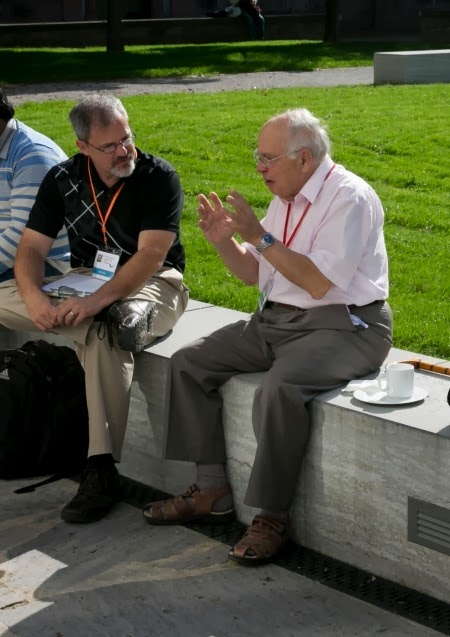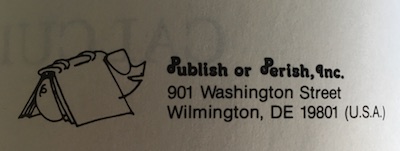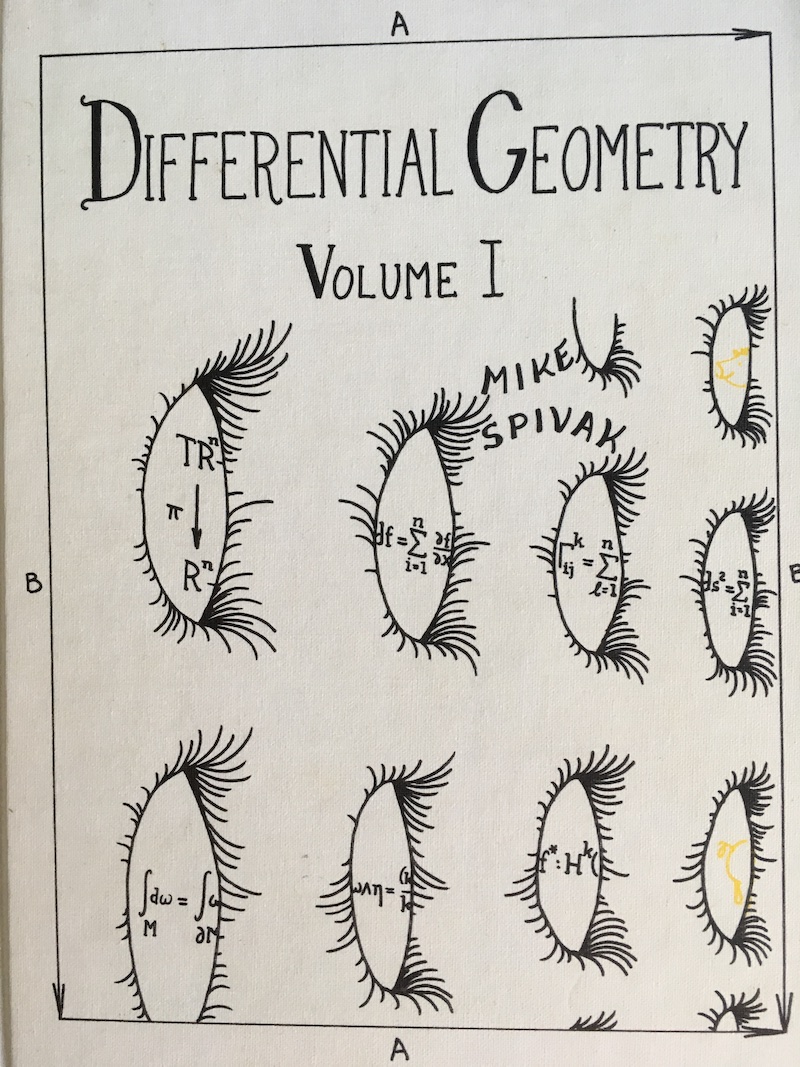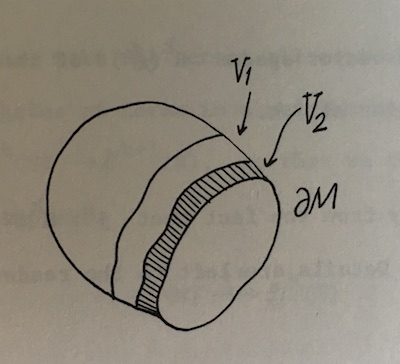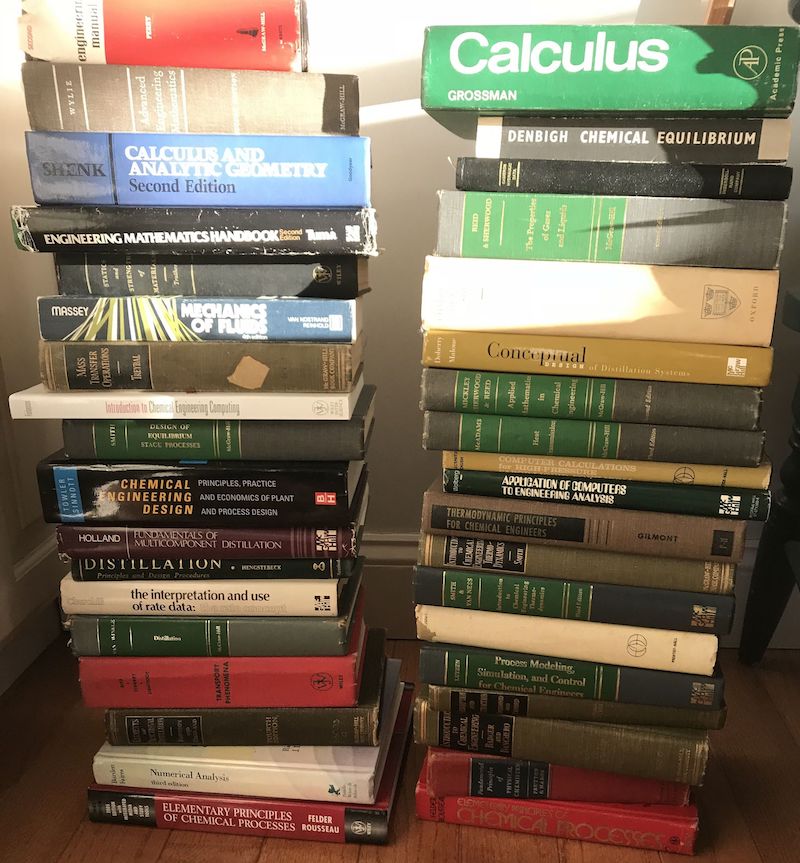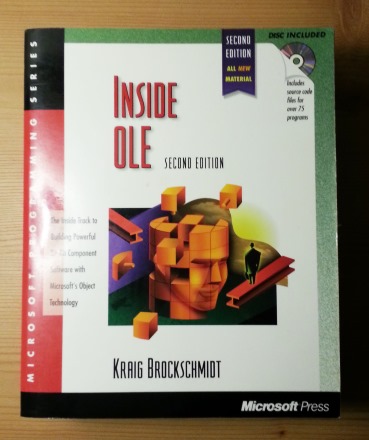Bernstein’s Matrix Mathematics is impressive. It’s over 1500 pages and weighs 5.3 pounds (2.4 kg). It’s a reference book, not the kind of book you just sit down to read. (Actually, I have sat down to read parts of it.) I’d used a library copy of the first edition, and so when Princeton University Press offered me a review copy of the second edition, I jumped on it.
Matrix Mathematics has a lot of information on linear algebra. As you’d expect from the title, it’s mostly about linear algebra. And despite it enormous size, it’s also dense. Mostly definitions and theorem statements. Some examples and proofs, but mostly statements of facts.
But there are a lot of other topics covered too. For example, I was surprised to see a section on Bell polynomials, a topic I ran across in my work and blogged about not long ago.
Why even have reference books these days when you can easily find so much online? For one thing, there’s still a lot you can’t easily find online. When you go beyond commonly known material, as this book does, it gets hard to search for what you need.
For another, an author goes to tremendous effort to arrange the information coherently. When you read a book you find things you didn’t know to search for. Maybe you start by looking up what you think you need to know in the index, but then you find out from context what you really needed to know.
I’m glad to add this to the books I keep close at hand. I can find what I need quickly, and that’s more important than it may seem. If I save a couple minutes, the benefit is not just that I get a couple more minutes work done. The main benefit is that I increase my chances of acting on an inspiration before it evaporates.

